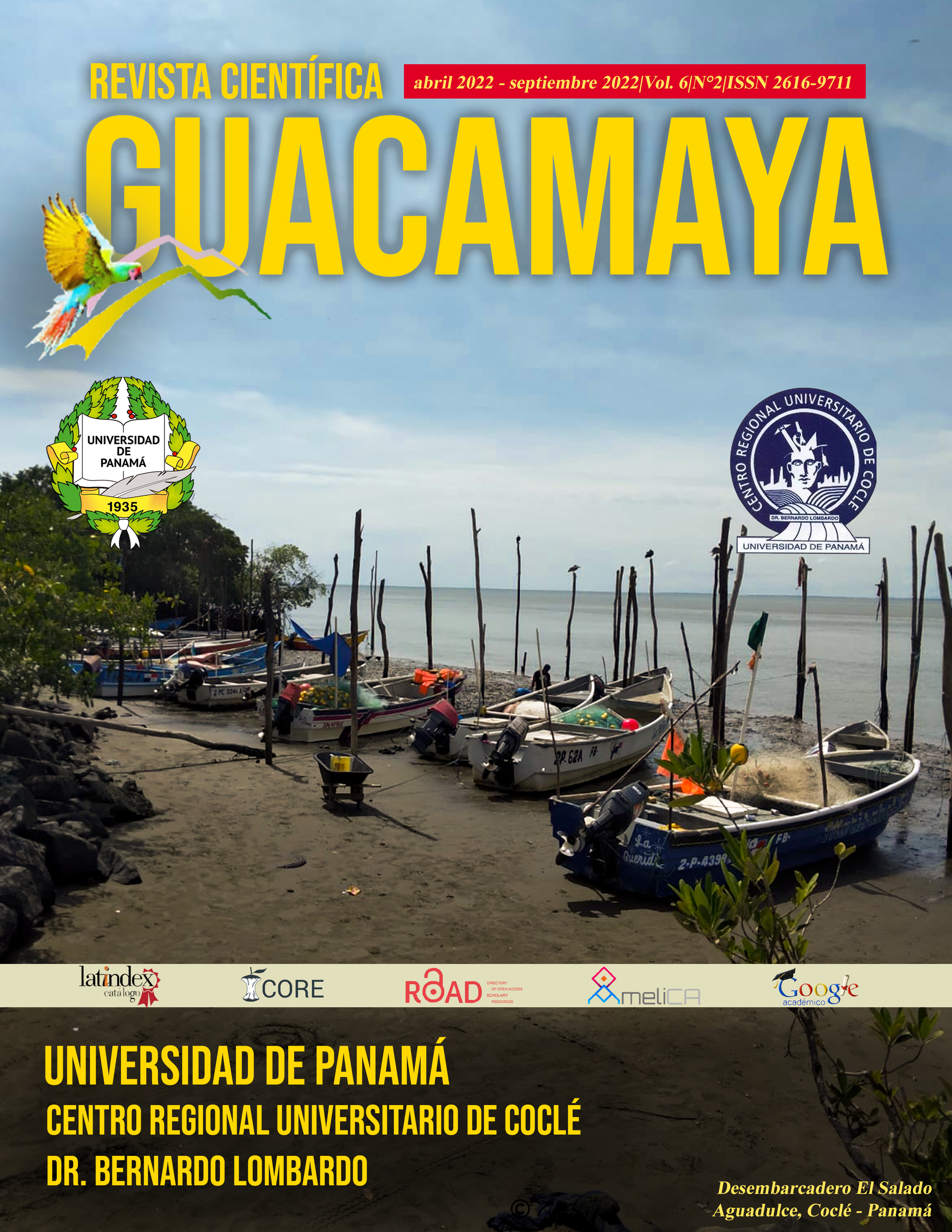

The problem was to investigate how the habitability of public space in a COVID-19 pandemic is related to urban environmental quality, in the sector between Av. Salaverry, Av. San Felipe, Av. Brasil and Av. 28 de July, district of Jesús María, Lima. For which, the objective was to explain how the habitability of public space in a COVID-19 pandemic is related to urban environmental quality. In addition, with reference to the type and design of research, it has a quantitative approach, it is descriptive and analytical and, depending on the time of occurrence of the events, it is cross-sectional and causal correlation. According to the statement of the problem, scope of the study and the hypotheses formulated, the research design is non-experimental. In relation to the sample, it is probabilistic. The value of the population sample in the study area is a total of 72 people between 20 and 79 years of age, and according to the indicated sectors, the population to be surveyed is determined in proportion to the area of ??each sector. The information gathering techniques used by the primary and secondary sources; For the primary techniques, the following were applied: the survey and observation, and for the secondary sources, the Urban Development Plan of the Jesús María district, statistical data from the INEI 2017, among other studies were reviewed. With regard to the specific results, that the habitability of public space in a COVID-19 pandemic is related to urban environmental quality, in the research sector. It is also concluded that the problems that people face when moving are different and even their requirements differ from each other; Likewise, each person constitutes a particular world, since they have different perceptions, experiences, needs and proposals for improvement. Finally, it is recommended that the Local Government design new open spaces that can contribute effectively to social and economic inclusion, security, urban identity, health and well-being.